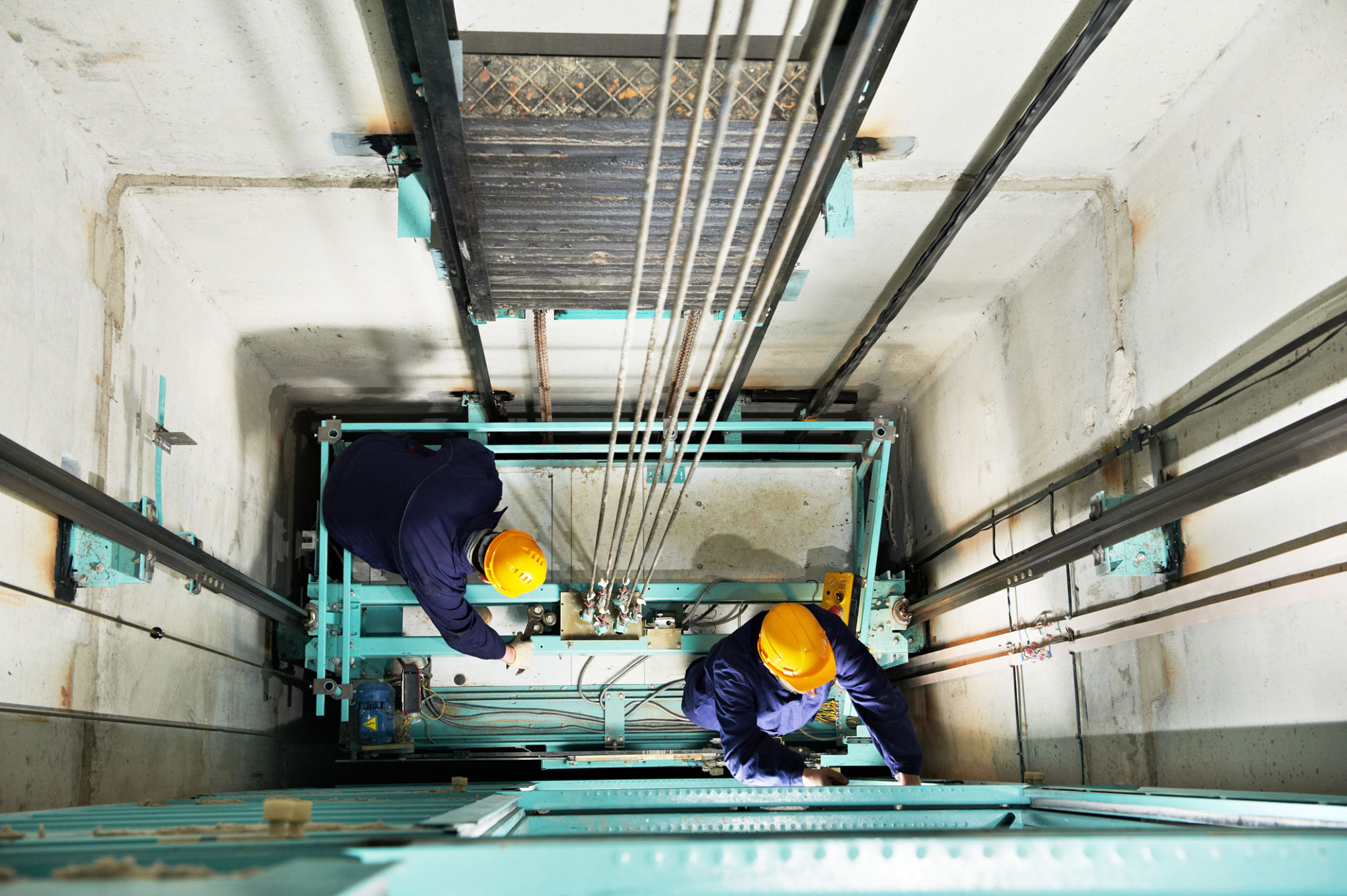Troubleshooting Common Elevator Problems: A Jakarta Perspective
Understanding Common Elevator Issues
Elevators are an essential part of urban life, especially in a bustling metropolis like Jakarta. With the city's rapid growth, the demand for efficient and reliable elevator services has never been higher. However, like any mechanical system, elevators can sometimes encounter issues that require troubleshooting and maintenance. Understanding these common problems can help building managers and maintenance teams address them promptly, ensuring smooth operations.

Frequent Elevator Stoppages
One of the most common issues faced by elevators is frequent stoppages. This can be frustrating for residents and visitors alike and is usually caused by electrical malfunctions or sensor issues. Checking for power supply interruptions and ensuring that all sensors are clean and unobstructed can often resolve this problem. It's essential to perform regular inspections to prevent unexpected halts.
Another reason for frequent stoppages could be the overloading of the elevator cabin. Most elevators are equipped with sensors that detect weight limits. Educating users about the maximum capacity can help in minimizing these disruptions.
Doors Not Opening or Closing Properly
Elevator doors failing to open or close correctly is another prevalent issue. This can pose safety risks and inconvenience users. Typically, this problem stems from misaligned tracks or faulty door sensors. Regular cleaning of the tracks and ensuring that sensors are free from dust and debris can mitigate these issues.

In some cases, mechanical wear and tear can also lead to door malfunctions. Engaging professional elevator technicians for routine maintenance checks can identify potential mechanical failures before they escalate.
Unusual Noises
Noisy elevators can be unsettling for passengers and may indicate underlying mechanical problems. Common sources of noise include worn-out bearings, loose components, or lack of lubrication in moving parts. Regular lubrication schedules and replacing worn-out parts can significantly reduce noise levels, ensuring a smoother ride.
If the noise persists despite maintenance efforts, it might be time to consider a comprehensive inspection by a professional to diagnose and rectify the root cause.

Elevator Speed Variations
Speed variations in elevator operations can affect user experience and may indicate an issue with the control system or drive mechanism. Inconsistent speed is often a sign of a malfunctioning motor or an outdated control system. Upgrading to modern control panels and motors can enhance efficiency and provide a more consistent ride experience.
It’s also crucial to ensure that the elevator’s speed is calibrated according to its specifications. This involves regular testing and adjustments by qualified technicians.
Conclusion: Staying Proactive
Proactive maintenance is key to avoiding common elevator problems in Jakarta's high-rise buildings. Regular inspections, timely repairs, and upgrades when necessary can prevent most issues from occurring in the first place. Building owners and managers should collaborate with professional elevator maintenance services to ensure their systems remain safe, efficient, and reliable.
By addressing these common problems with informed strategies, we can ensure that Jakarta's elevators continue to meet the demands of its ever-growing population, providing safe and efficient vertical transportation for everyone.